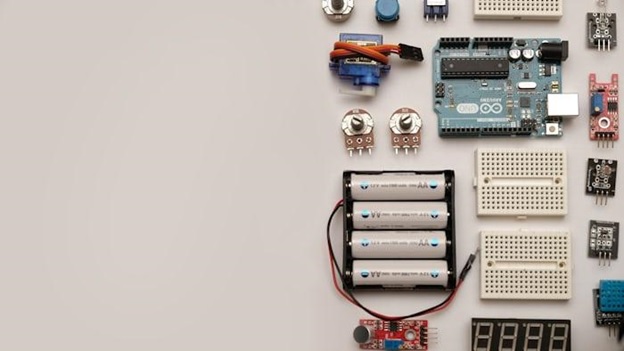Quality assurance (QA) and testing are important aspects of sourcing electronic components. A good procedure guarantees that the components fulfill the necessary criteria and operate properly in their intended functions. If a company fails to vet their supplier, as well as their offering properly, they can suffer bottlenecks and even complete stops in their workflows.
Below, you will find six main actions in QA and testing that are tried and true.
Table of Contents
Supplier Evaluation
The starting point for quality testing is assessing potential suppliers. This involves confirming the ability of the supplier to regularly deliver good-quality components and without any issues. For instance, with the electronic component shortage that’s predicted to take place this year, early checks of component availability during the design phase have become critical to avoid delays, especially in sectors like automotive and aerospace.
The first step is to make sure you only work with sourcing companies that hold high standards and vet manufacturers extra carefully as they want to deliver only the best for their clients.
Still, what you need to do is, examine their reputation, the manufacturers they work with, and control systems for quality. If you have an acquaintance who has worked with that particular supplier, you can receive first-hand information and insight into their operations.
If possible, visiting the supplier’s facility allows you to observe their operations and quality control practices firsthand. Moreover, don’t forget to look for certificates. For example, a proper supplier should hold certifications, such as ISO 9001.
Incoming Inspection
When the components arrive, the supplier performs an incoming inspection. This process involves checking for visible flaws like cracks, corrosion, and wrong labeling on the parts. The part numbers and quantities are also confirmed to match with what was stated on the purchase order; this helps avoid any differences that could cause problems during the production process.
They keep records of these checks and make detailed reports, making things clear and giving you the chance to confirm if the parts match your requirements. If you give the supplier the green light, they will proceed with shipping you the components.
Electrical Testing
For the parts to work properly, the supplier does electrical testing. They measure resistance, capacitance, and voltage using multimeters. Also, they confirm signal integrity with oscilloscopes. This is very important for components such as resistors, capacitors, and semiconductors. The supplier provides test reports with full details, including measurements and comparisons to the needed specifications. This documentation helps ensure that the components will work without problems in your applications.
Functional Testing
Functional testing is the next step. Components are united into test circuits to observe how they work in practical situations. For instance, operational amplifiers (op-amps) could be tested for factors like gain, bandwidth, and how they react to input signals. On the other hand, microcontrollers might be checked if they execute code correctly and respond appropriately when inputs are provided.
The tests are prepared by the supplier with special tools such as signal generators and spectrum analyzers. They give comprehensive functional test reports, showing that the pieces meet all performance standards and will work properly on your devices.
Final Quality Audit
After the components are checked and packed, the supplier performs a quality audit. They look through all past test outcomes, inspection reports, and documents to make sure things are complete and match up.
The supplier checks if any differences found during previous tests have been dealt with properly. They provide a full final audit report, which contains a recap of all tests and inspections. This serves as the last confirmation that the parts meet every quality requirement and are prepared for use.
Documentation and Traceability
An often overlooked, yet crucial aspect of QA and testing is maintaining thorough documentation and traceability of all components. Every step in the QA process, from supplier evaluation to final quality audit, should be meticulously documented. This includes inspection reports, test results, and certificates of compliance.
Proper documentation ensures that there is a clear record of the component’s journey from supplier to end-user, facilitating traceability in case any issues arise. It also allows for easier audits and assessments of the QA process itself. Traceability helps in identifying and rectifying problems quickly, ensuring that only the highest quality components are used in production.
That being said, look for suppliers that are meticulous with their documentation.
Conclusion
Implementing a comprehensive QA and testing procedure for sourcing electronic components is vital to ensure they meet the necessary quality and performance standards, especially during the electronic component shortage period. By conducting detailed supplier evaluations, thorough incoming inspections, rigorous electrical and functional testing, and comprehensive final quality audits, companies can prevent potential workflow disruptions and ensure the reliability of their components. Additionally, maintaining proper documentation and traceability further enhances the QA process, enabling quick resolution of issues and continuous improvement.
These steps collectively ensure that the components will function correctly in their intended applications, ultimately contributing to the overall success and efficiency of the company’s operations.

